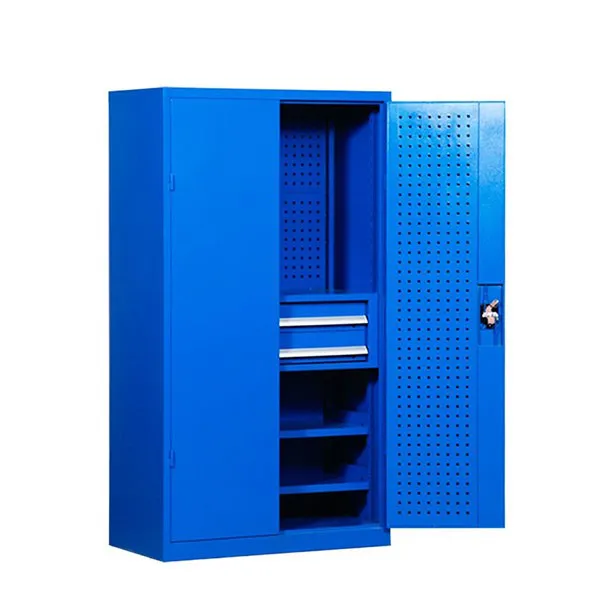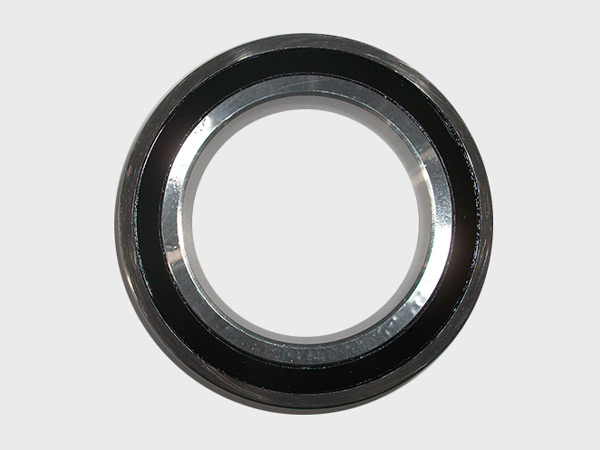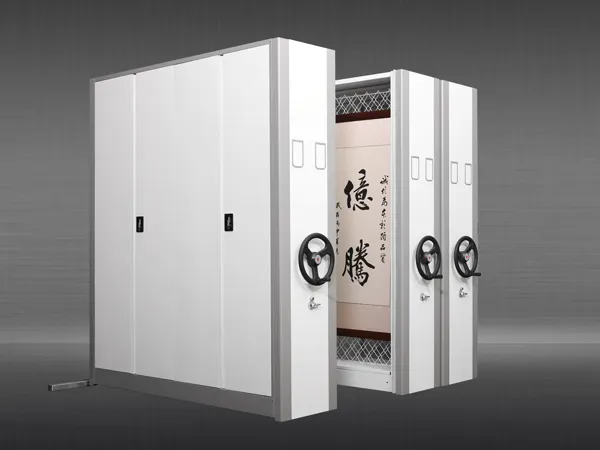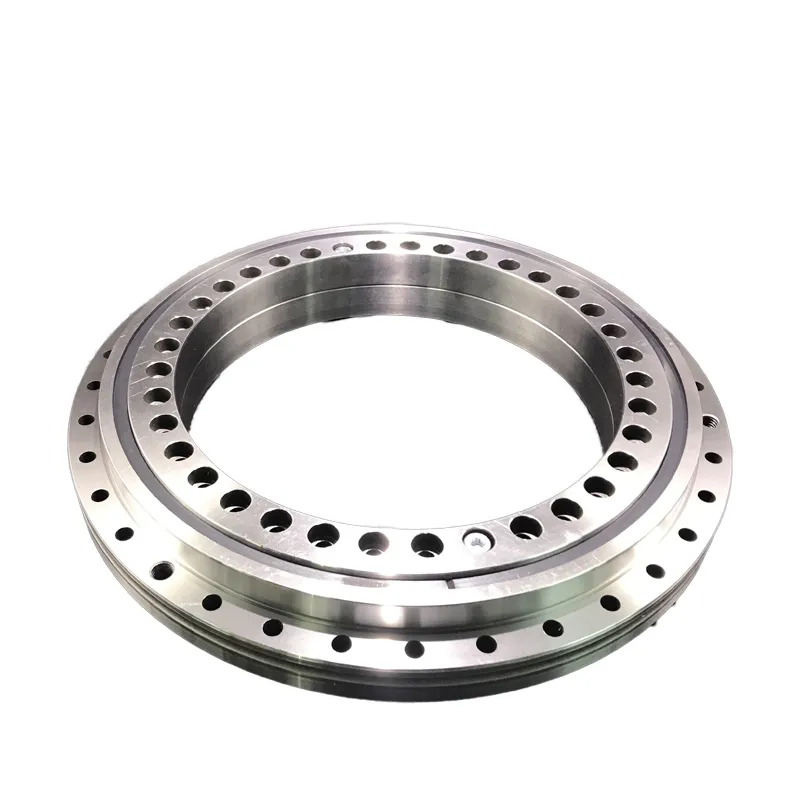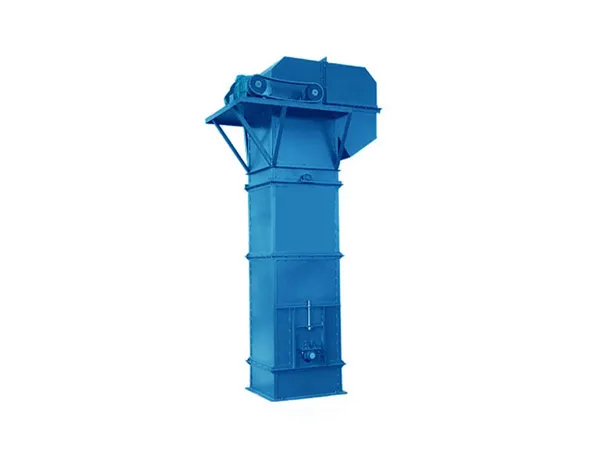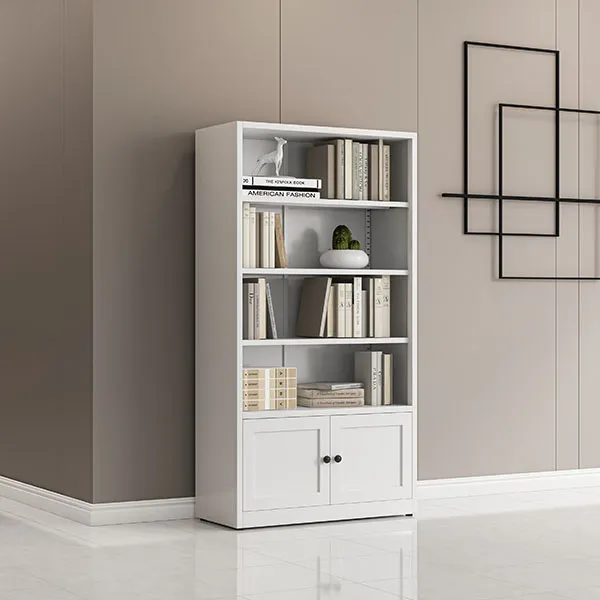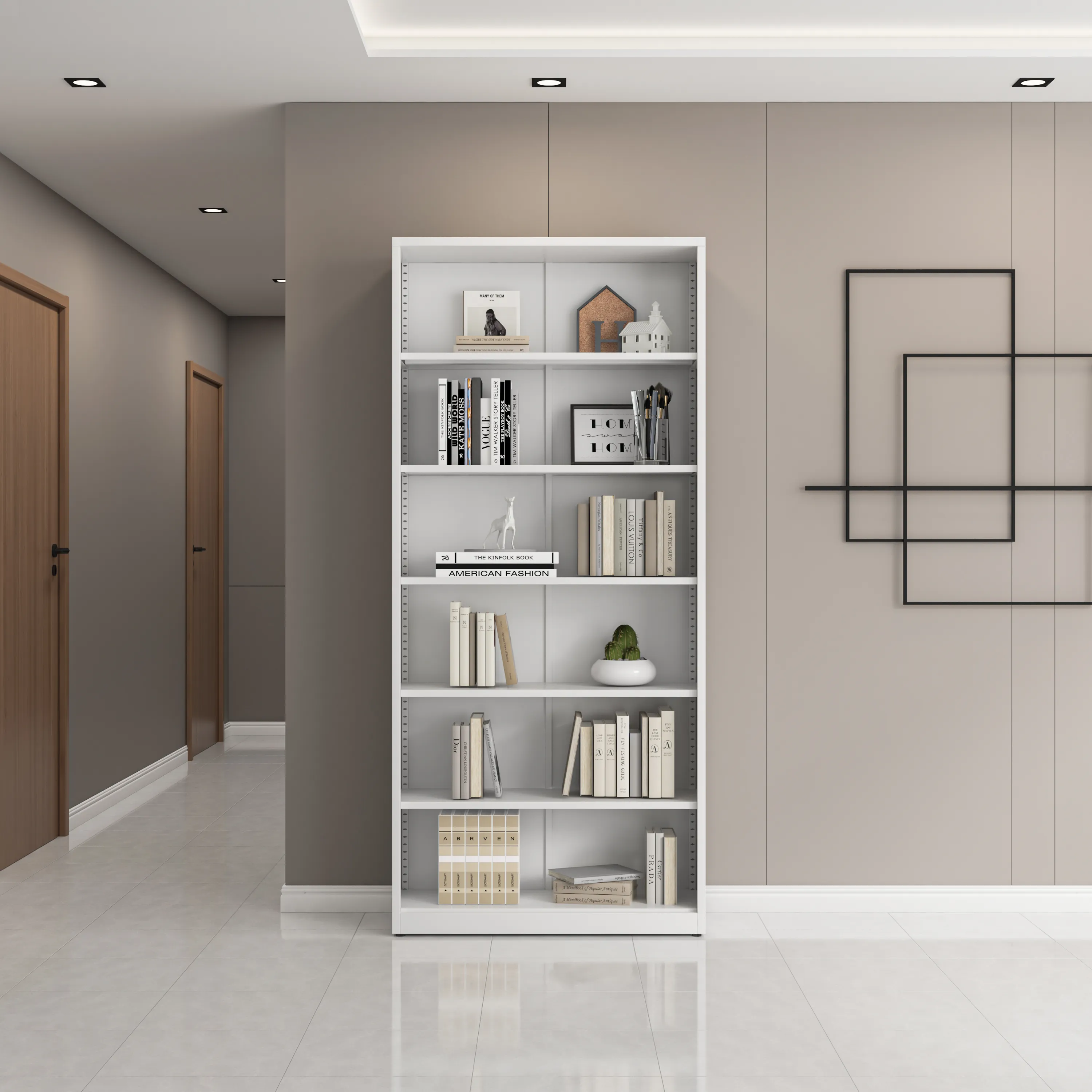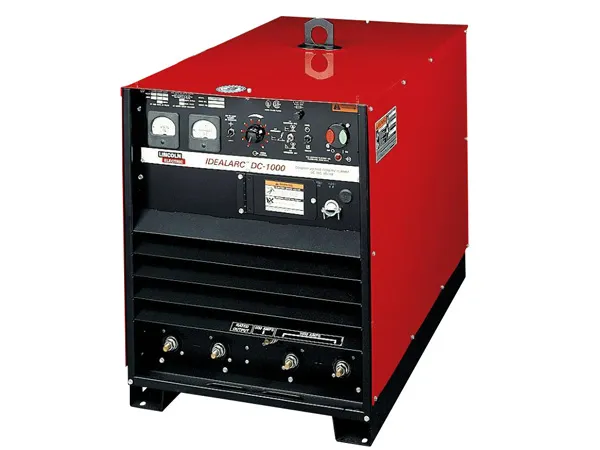Glass tempering furnace is an industrial heating equipment specially used for tempering glass. In the glass processing industry, 300Kw is a common power specification. In addition, these equipment also have a specific processing size range, with a minimum processing size of 1010mm and a maximum processing size of 28002000*2500mm, which is suitable for glass processing needs of various sizes.
The power requirements for a glass tempering furnace can vary widely depending on the size, design, and production capacity of the furnace.
Glass tempering furnace power
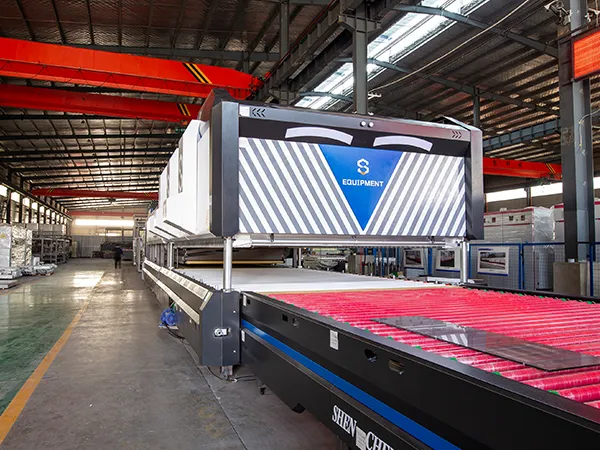
Small-Scale Furnaces
Designed for smaller production capacities or specialized applications.
Power consumption: Generally ranges from 100 kW to 300 kW.
Medium-Scale Furnaces
Used in medium-sized production facilities.
Power consumption: Typically ranges from 300 kW to 1 MW (1000 kW).
Large-Scale Furnaces
Used in large industrial facilities for high-volume production.
Power consumption: Can range from 1 MW to several megawatts, depending on the specific requirements.
Factors affecting glass tempering furnace power

Furnace Design
Heating Elements: Type and quality of heating elements (electric resistance heaters, gas burners, etc.) impact the furnace’s power.
Insulation: Efficient insulation reduces heat loss and improves energy efficiency.
Airflow System: Properly designed airflow ensures uniform heating and cooling.
…
For more detailed information on the factors affecting the power of glass tempering furnaces, please visit: https://www.shencglass.com/en/a/news/factors-affecting-glass-tempering-furnace-power.html

